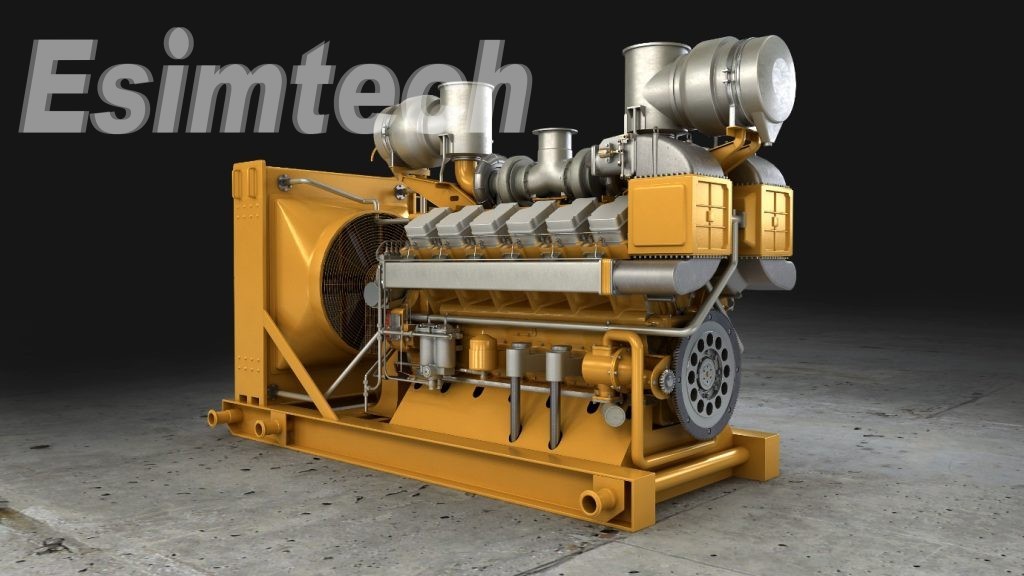The use of well logging simulators is an excellent way to improve oil and gas exploration and production activities because they provide a useful tool. They offer a method that is not only secure but also efficient and cost-effective for training personnel, evaluating equipment, and testing exploration scenarios. It is essential to have accurate and reliable well logging data in order to make educated decisions regarding drilling and production operations, and well logging simulators help improve both the accuracy and reliability of this data. In spite of the obstacles, it is likely that well logging simulators will become even more sophisticated in the future and will be integrated with other software tools. This will result in oil and gas operations that are more efficient and sustainable.
Modeling of the Earth's Geology Can Be Complicated
The complexity of geological modeling is one of the most significant obstacles that well logging simulators must overcome. To construct a geological model that is both accurate and plausible, one needs to have a comprehensive knowledge of the geology of the subsurface, which can be difficult to acquire. In addition, geological models need to be updated on a consistent basis to take into account new data and observations, which can be a time-consuming and costly process.
The Quantity and Quality of the Data
In order to produce results that are accurate and trustworthy, well logging simulators rely on data that is both of high quality and quantity. However, collecting data of a high quality and quantity can be difficult, particularly in geological environments with a high degree of complexity. Incorrect or insufficient data can lead to inaccurate simulation results, which in turn can have significant repercussions for both the drilling and production operations.
Availability of More Advanced Simulators Is Restricted
There are not a lot of advanced well logging simulators on the market, and those that do exist typically lack features like real-time data visualization and interactive well planning. A great number of simulators are tailored to particular logging processes and/or have functionalities that are severely restricted. Because of this, it can be difficult for businesses to find a simulator that is tailored to their particular specifications and prerequisites.
Integration with Existing System Infrastructures
It can be difficult to integrate well logging simulators with legacy systems. A wide variety of software tools and data management systems are utilized by many businesses today; some of these may not be compatible with the simulator. well logging simulator takes a significant amount of resources and expertise to integrate simulators with legacy systems, which can be a significant barrier to adoption of the technology.
Competencies and Instruction
The utilization of well logging simulators calls for the acquisition of specialized skills in addition to training. The workforce is required to have an in-depth knowledge of the geology of the subsurface, logging tools, and simulation software. This can be difficult to obtain, and as a result, the use of simulators in some companies may be restricted as a result.
Where Will Well Logging Simulators Be Headed in the Future?
In spite of the obstacles, it is likely that well logging simulators will eventually become even more sophisticated and will be integrated with additional software tools. The following are some of the most important developments in well logging simulators:
AI and ML (machine learning and artificial intelligence)
It is anticipated that artificial intelligence and machine learning will play an increasingly important role in the development of well logging simulators. Machine learning algorithms can find patterns and correlations in large datasets of well logging data that human analysts might miss. These algorithms work by analyzing the data to find patterns and correlations in large datasets of well logging data. This can lead to more accurate predictions of the properties of the reservoir, which in turn can lead to better decisions regarding drilling and production operations.
Services Hosted in the Cloud
Well logging simulators are not an exception to the trend in the oil and gas industry toward using cloud-based services, which are becoming increasingly commonplace. Cloud-based services offer a solution that is both more flexible and scalable, making them ideal for purposes relating to training and testing. They also make it possible for businesses to save money on the cost of hardware and software.
Enhanced Graphical User Interfaces
The user interfaces and visualization tools of well logging simulators are being upgraded, which results in the simulators' increased accessibility. Because of this, it may become less difficult for personnel to use simulators and interpret the results.
Integration with Data Sources That Update In Real Time
It is possible for operators to receive up-to-date information on drilling and production operations by integrating well logging simulators with real-time data sources. This can make it easier to make decisions quickly and adjust logging parameters based on data that is being collected in real time.
The Obstacles We Face and Our Plans for the Future Well Logging Simulators
Posted 2023-04-27 08:57:04
0
1139

Cerca
Categorie
- Art
- Causes
- Crafts
- Dance
- Drinks
- Film
- Fitness
- Food
- Giochi
- Gardening
- Health
- Home
- Literature
- Music
- Networking
- Altre informazioni
- Party
- Religion
- Shopping
- Sports
- Theater
- Wellness
Leggi tutto
The Ultimate Guide to Choosing an Electric Bike That Fits Your Lifestyle
Do you know the benefits of electric bikes.
Electric bikes have become increasingly popular in...
Meal Replacement Bars: Are They a Healthy Choice for Busy Lifestyles?
Introduction to Meal Replacement Bars
In today's fast-paced world, finding time to eat healthy...
Unraveling the Advantages of Lithium Iron Phosphate Batteries in Various Applications
Do you know the benefits of lithium iron phosphate battery.
When it comes to energy storage...
Global Smart Ticketing Market: Unlocking Growth Through Smart Mobility
The Smart Ticketing Market was valued at USD 9.2 billion in 2022 and is expected to...
Impact Test Equipment: Essential Aspects and Requirements
Impact Test Equipment: Impact Test Equipment RequirementsImpact test equipment is a crucial tool...
